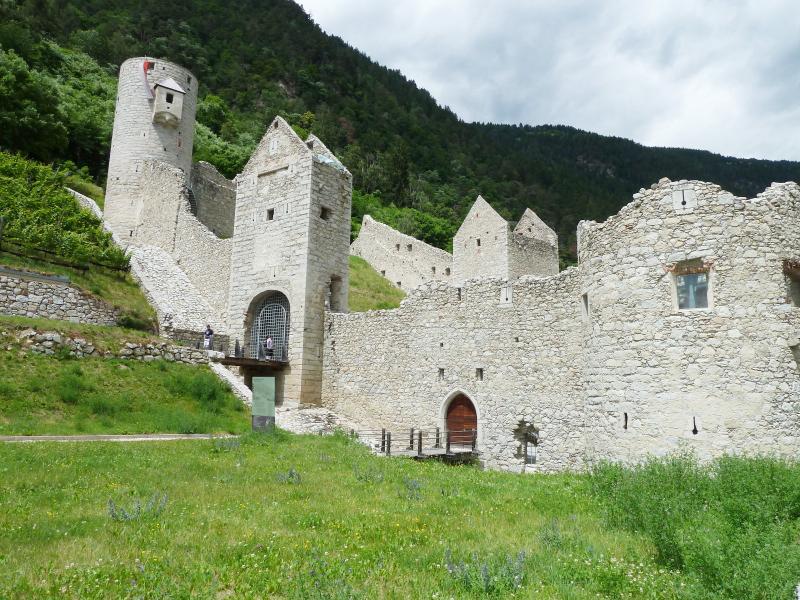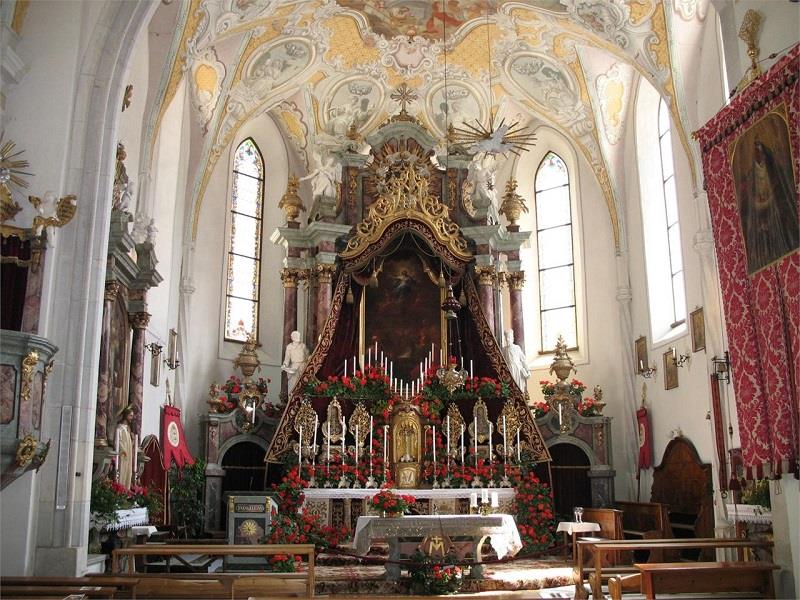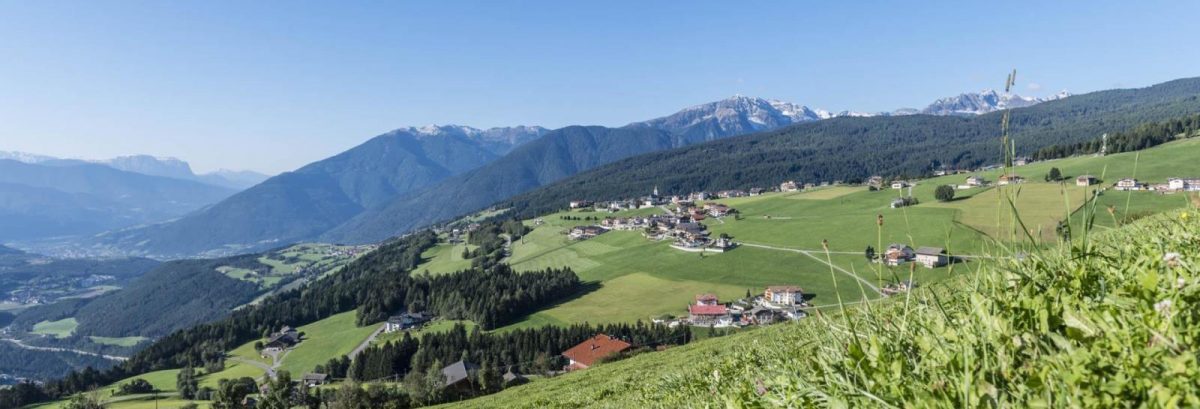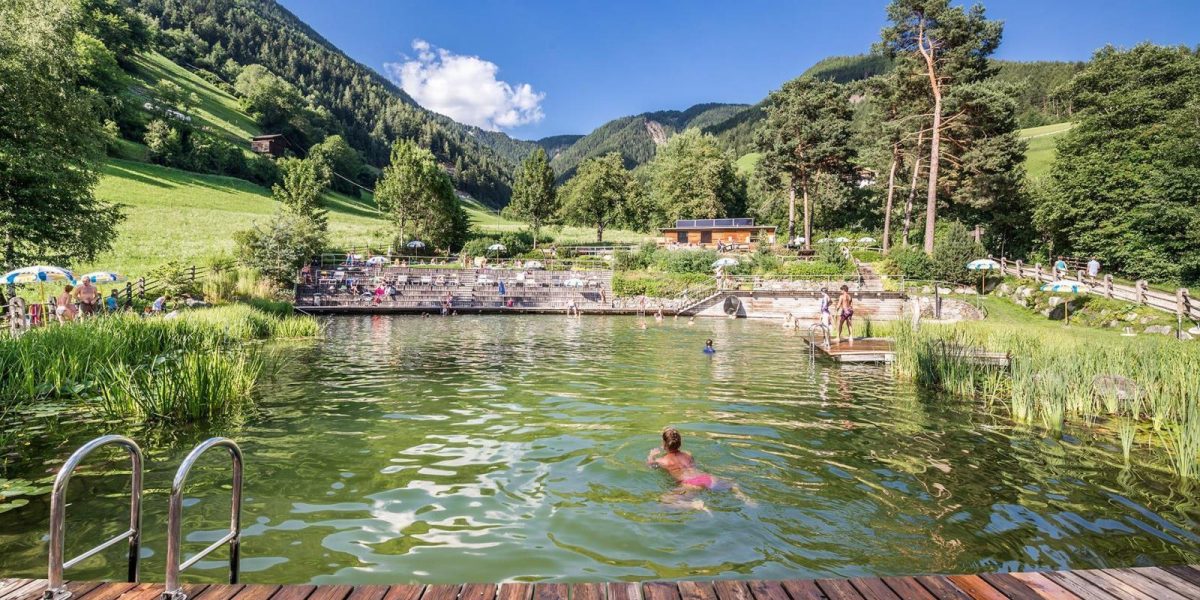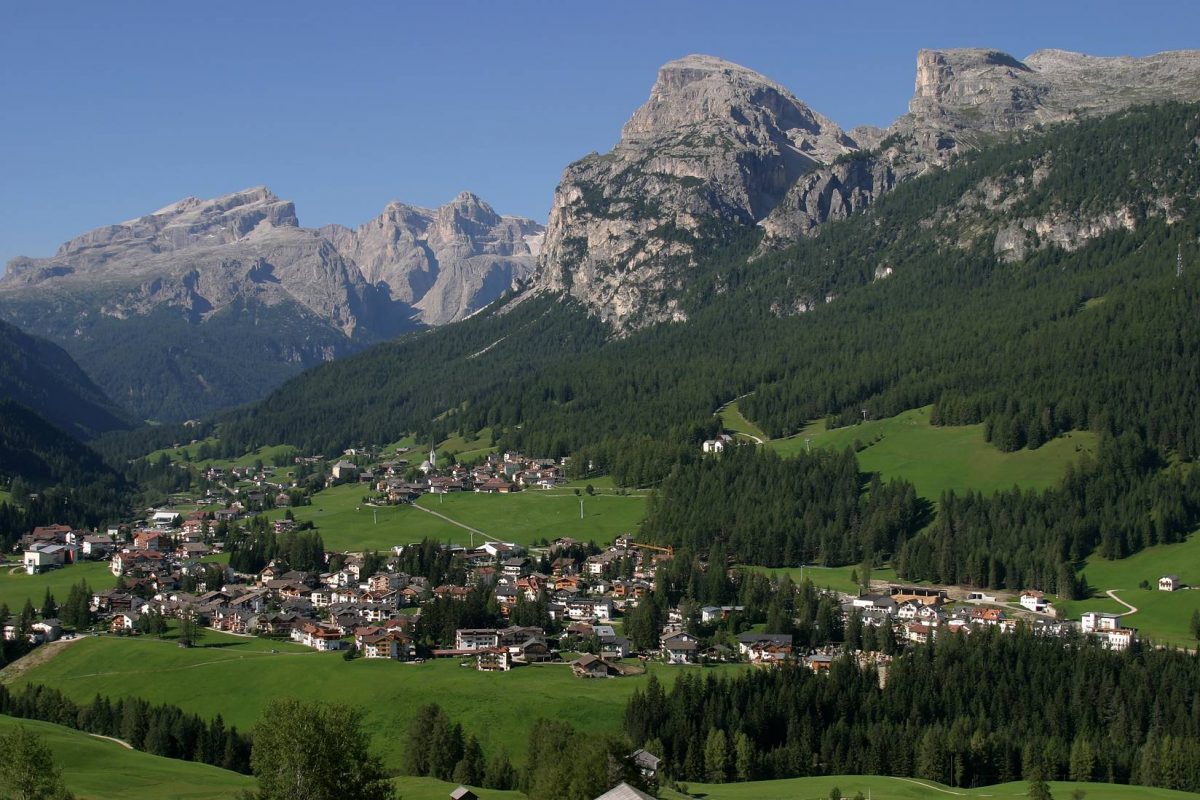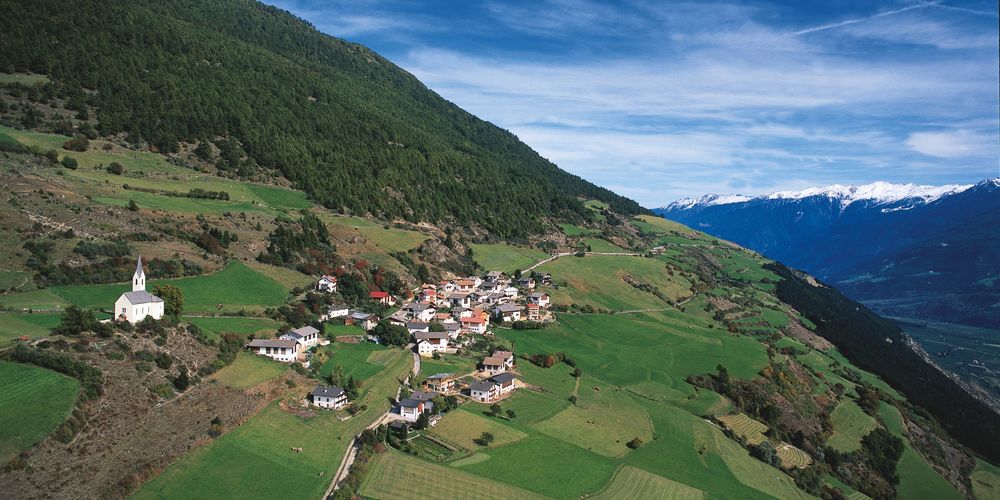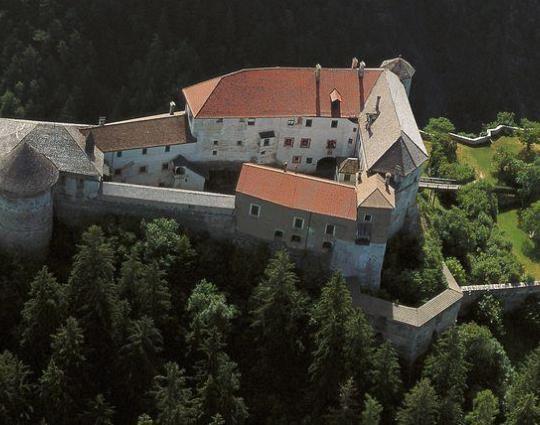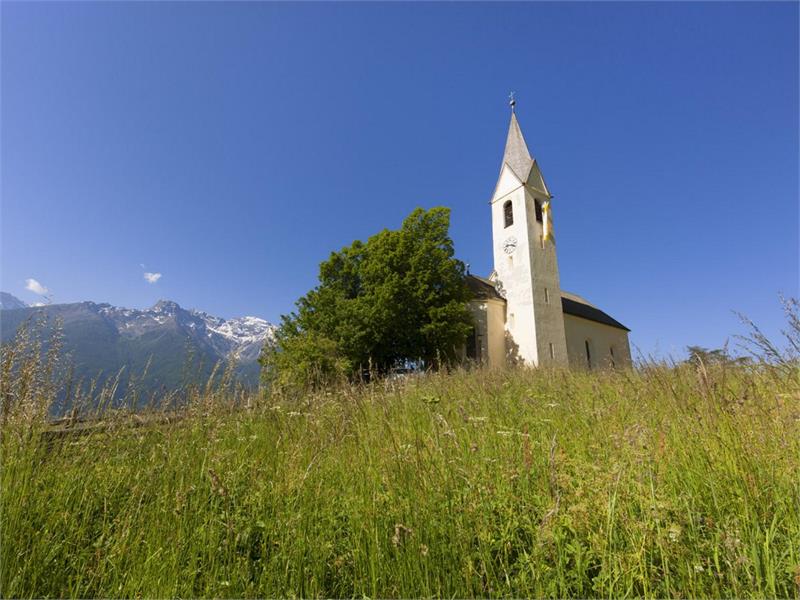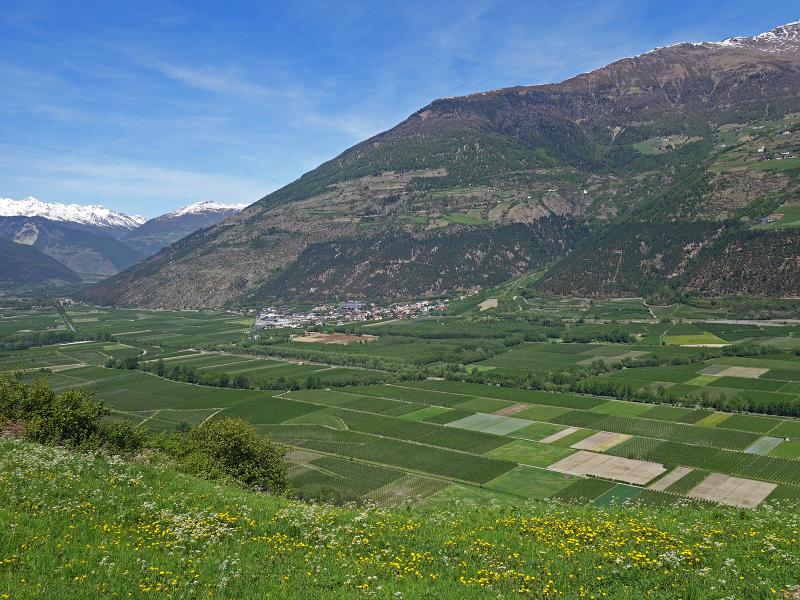How to reach the Rio Pusteria Fortress
The Rio Pusteria Fortress can be found at the entrance to the Val Pusteria, between the villages of Rio Pusteria and Vandoies. The fortress is directly located along the main road, also the Pusterbike Cycle Route runs past this impressive place of interest. Exactly in this place, the borderline between the countships of Goerz and Tyrol ran in 1271. For this reason Meinhard, Duke of Carinthia, had a dam built, that is to say the castle-like Rio Pusteria Fortress.
Actually the original building was located 600 m in the west of the present-day location and consisted of a long-drawn-out barrage as well as two turrets. The ancient fortress was built according to the model of Mediaeval dam. The construction material consisted of natural and homogeneously-sized river stones, which were hardly modified. The last documents regarding this building are dated 1340.
The newly-built construction, that is by the way preserved still today, bears the hallmarks of Sigismund, Archduke of Austria. The fortress is decorated by round turrets, while a dam stretches up the forested slope. In fact, the Rio Pusteria Fortress not only used to be a toll station, but was also residential building and dam. The building can be visited in a guided tour in summer months, often it is also venue for theatre performances or other events.
Contact:
Rio Pusteria Fortress
Sonnleitenstr. 30
39037 Rio di Pusteria
+39 0472-886048
